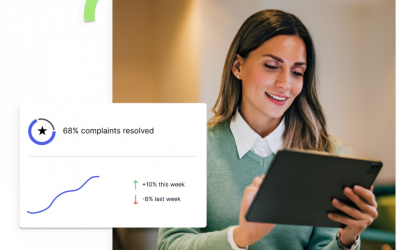Data is disruptive. It has the potential to drive change as massive as the advent of the automobile. And like car exhaust, data analysis creates its own byproduct.
In the analytics and reporting world, a new concept of “data exhaust” is rising. “Data exhaust” refers to the thoughts and ideas that are generated as a result of someone looking at a graph, or analyzing a data set.
However, unlike car exhaust which is rarely harvested, data exhaust can be captured and leveraged to help add depth and context to any data analysis.
Context is Key
Data analysis doesn’t happen in a vacuum. All analysis is done through the lens of your experience and knowledge. To get the most out of your data analysis, you need to make sure that everyone has the context they need to interpret what they see. That is where data exhaust comes in.
Data exhaust adds the background needed for your data to tell the complete story. For example, if you were analyzing your workforce data, the head of HR may look at a particular trend and think “that decline happened at the same time we launched the new program.” If that data exhaust was captured and shared, it would put everyone on the same page and create a deeper understanding of the analytics results.
Don’t asphyxiate
Capturing and sharing data exhaust is crucial to understanding the whole story your data reveals. However, just like too much car exhaust can choke you, too much data exhaust can overwhelm and paralyze.
To keep the amount of data and the amount of work needed to capture it at a manageable, absorbable level, you need to use tools that allow the data exhaust to be captured interactively and shared with others. To keep your data from being just too much, work with an analytics expert like ZeroedIn to find out what tools you need and how best to use them. Good luck!




